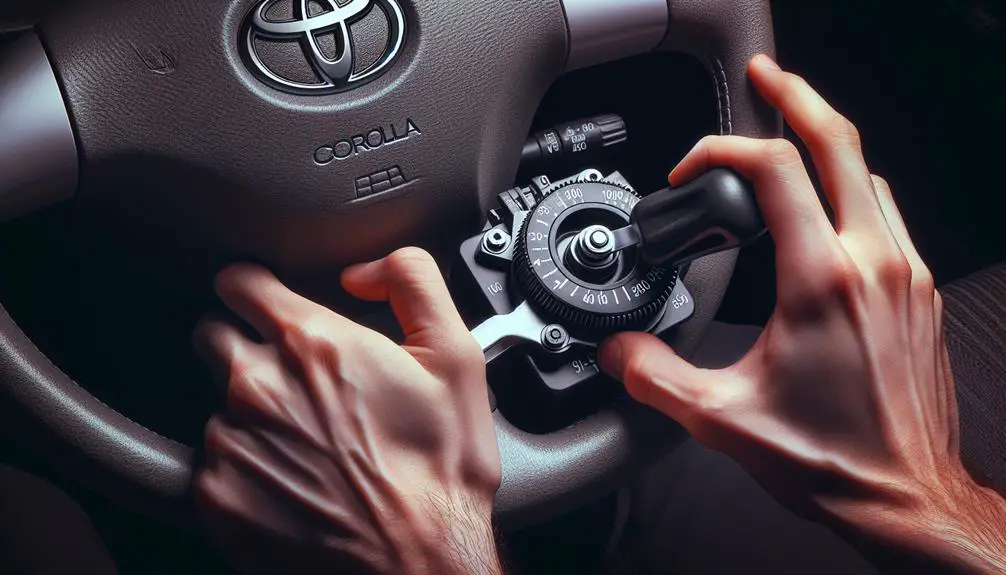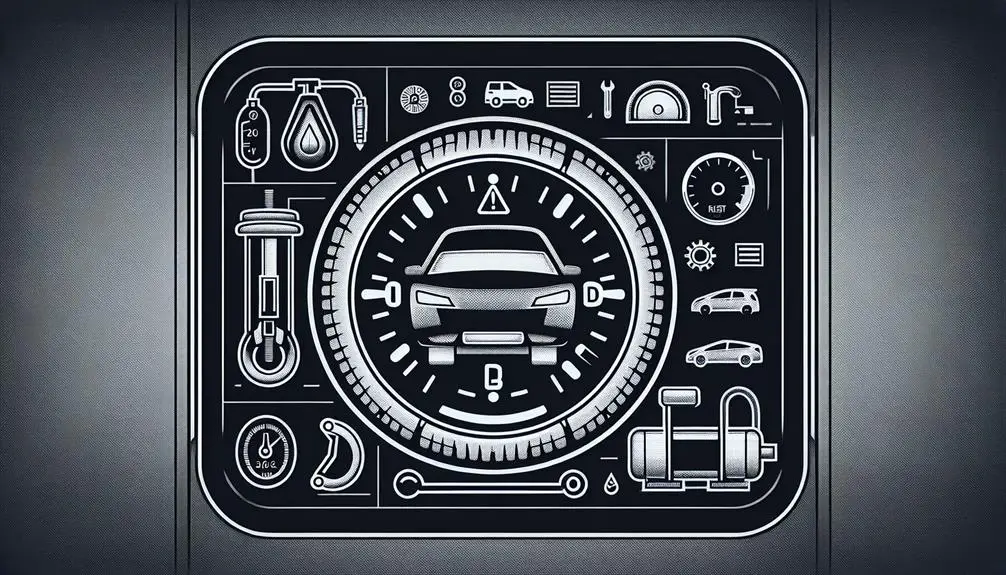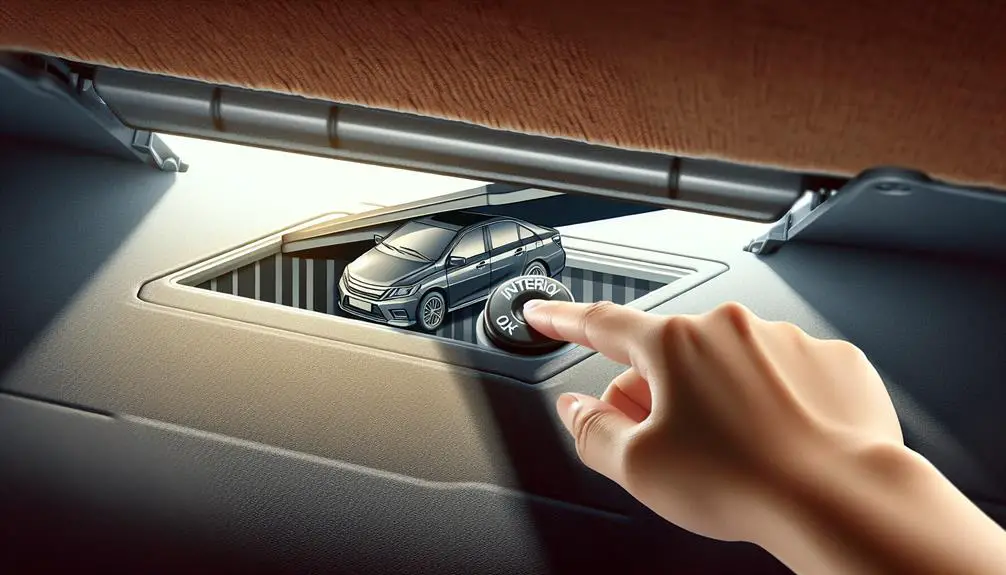To change the oil filter on a 2015 Toyota Corolla, first, prepare your workspace and gather tools.
Remove the old oil filter, install a new one, and dispose of the old filter properly.
A crucial tip is to lubricate the new filter's gasket.
Preparing Your Workspace

Before you start changing the oil filter on your 2015 Toyota Corolla, make sure your workspace is clean, has good lighting, and is safe. A messy or dark workspace can cause accidents or mistakes. Clear any clutter and ensure there's enough light.
The floor should be flat and stable. A car can move if the floor is uneven, which is dangerous if you're under it changing the oil filter. Clean any debris or spills in a garage, and if you're outside, find a level area without mud or loose gravel.
For your comfort and safety, use something like cardboard or an old yoga mat to lie on. This keeps you off the ground. Wear old clothes because you'll get dirty from the used oil.
Gathering Necessary Tools
To change the oil filter on a 2015 Toyota Corolla, prepare these tools:
- Car jack and jack stands to lift and support the car safely.
- Wrench set with a socket wrench that fits your car's oil drain plug, usually 14mm or 15mm.
- Oil filter wrench that fits your Corolla's filter. Choose from strap, socket, or pliers type.
- Drain pan to catch old oil, large enough to prevent spills.
- Gloves and rags or paper towels for clean-up.
Having these tools ready beforehand will help you complete the oil filter change smoothly and without interruptions.
Removing the Old Oil Filter

ARTICLE TITLE: How to Change an Oil Filter in a 2015 Toyota Corolla
PREVIOUS TOPIC: 'Gathering Tools'
CURRENT TOPIC: 'Removing the Old Oil Filter'
To remove the old oil filter from your 2015 Toyota Corolla, follow these steps. Ensure the car is on flat ground and the engine has cooled down. Wear gloves to keep your hands clean. Place an oil catch pan under the oil filter to catch any oil leaks.
Find the oil filter on the engine's front, right side. Use an oil filter wrench to loosen the filter by turning it counterclockwise. Once loose, remove it by hand, being careful of any oil inside.
| Step | Action |
|---|---|
| 1 | Park the car on flat ground and cool the engine. |
| 2 | Find the oil filter on the engine's front, right side. |
| 3 | Put an oil catch pan under the filter. |
| 4 | Loosen the filter with an oil filter wrench by turning it counterclockwise. |
| 5 | Remove the filter by hand, allowing oil to drain into the pan. |
After removing the filter, clean the filter's seating area on the engine to remove any dirt or debris. This ensures a clean surface for the new oil filter.
Installing the New Oil Filter
Remove the old oil filter from your 2015 Toyota Corolla. Open the new oil filter package. Before installing, prime the filter by applying motor oil to the rubber gasket on top. This prevents the gasket from sticking or tearing when changing it next time.
Place the new oil filter under the car and start screwing it onto the engine's oil filter mount by hand. This avoids damaging the threads. Once it's hand-tight, tighten it a bit more. For a 2015 Toyota Corolla, turning it an extra 3/4 turn after it touches the mount is usually enough. Check the oil filter box or the car manual for exact instructions.
Make sure the filter is tight enough to prevent leaks but not so tight that it damages the filter or makes it hard to remove later.
With the new oil filter in place, you've finished an important part of maintaining your car's engine, helping your 2015 Toyota Corolla run well with clean oil.
Proper Disposal and Cleanup

After replacing the oil filter in a 2015 Toyota Corolla, dispose of the old filter and clean up oil spills correctly. Don't throw the old filter in the trash or pour oil down the drain as it's harmful to the environment and could result in fines.
To dispose of the filter, first, let it drain by piercing the dome end and leaving it above a pan for 24 hours. Then, put the drained filter in a plastic bag to stop any oil leaks.
For the oil, pour it into a container with a lid. Take the used oil and filter to a place that accepts them, like an auto parts store or recycling center. They can recycle or dispose of them properly.
To clean up spills, use kitty litter or sawdust to absorb the oil. After a few hours, sweep it up and throw it away in a sealed bag. Clean the area with degreaser and water to remove slippery residue.
Doing this keeps your space clean and helps the environment. It's part of responsible car care and environmental protection.
Conclusion
You did a great job changing the oil filter on your 2015 Toyota Corolla! First, you got your workspace and tools ready.
Then, you took out the old filter and put in a new one. It's important to throw away the old filter the right way to keep the environment safe.
Cleaning up after you're done means you're all set for the next time you need to fix something. By doing this, you've saved some money and helped your car last longer.
Well done!














